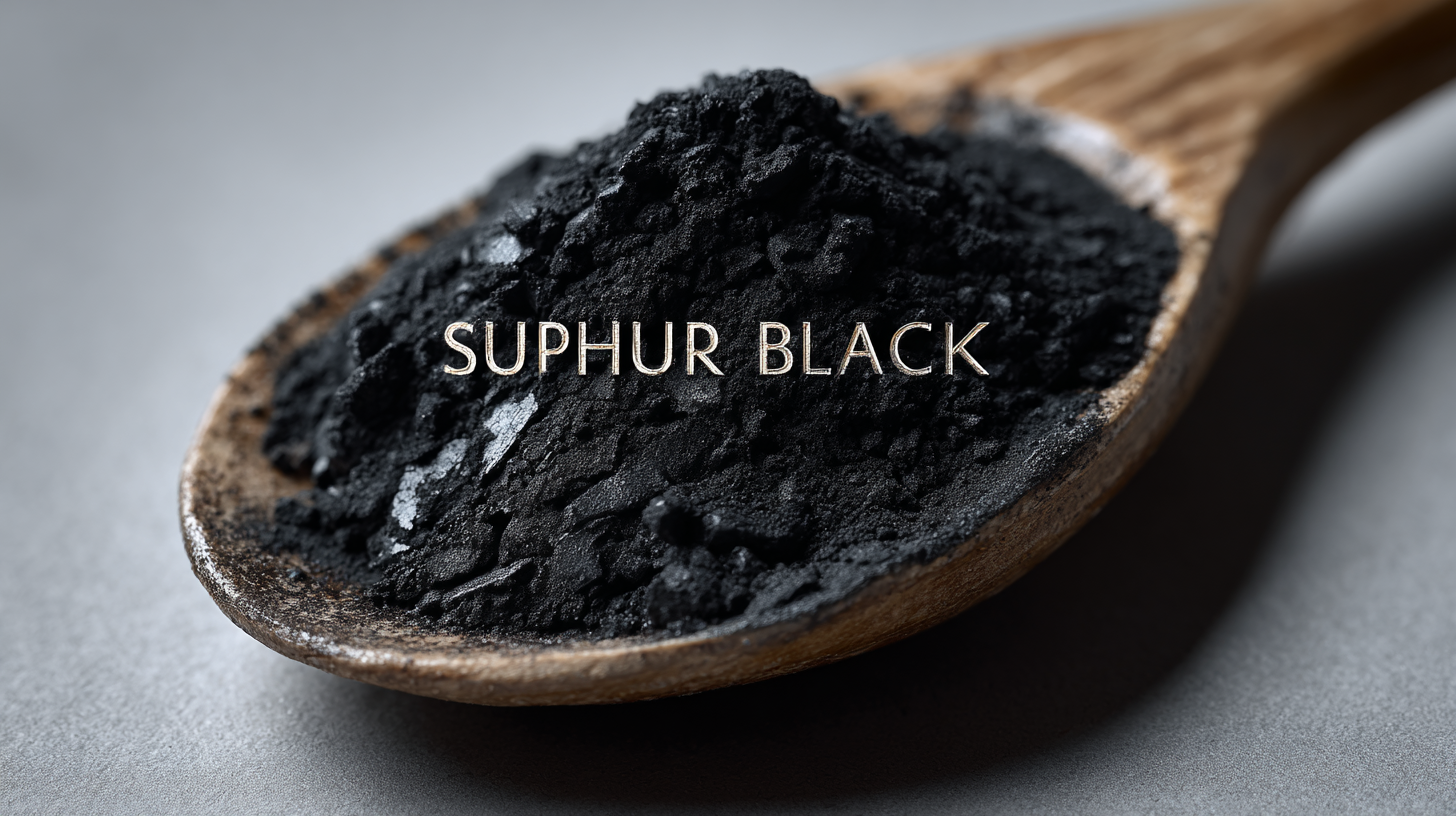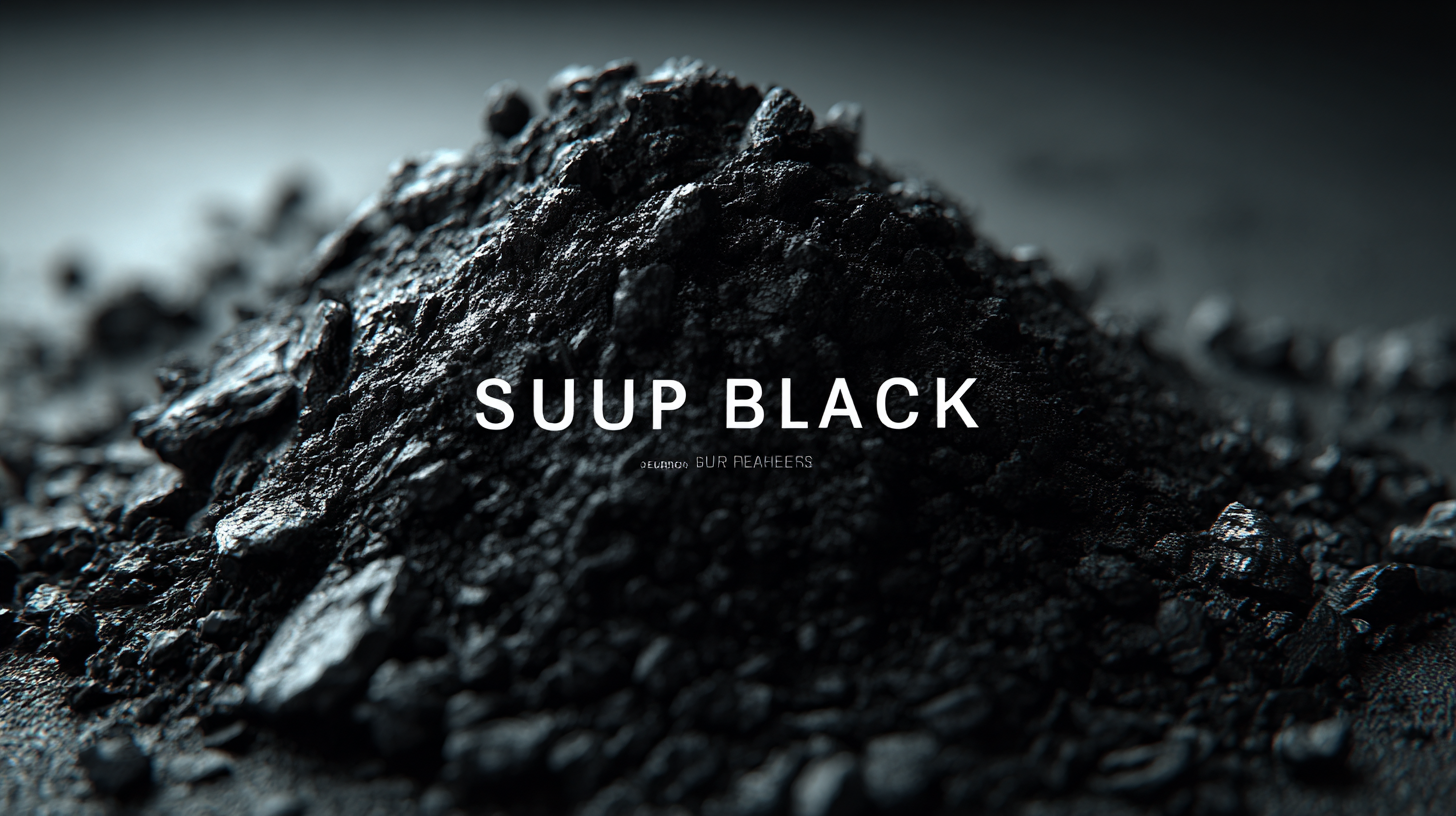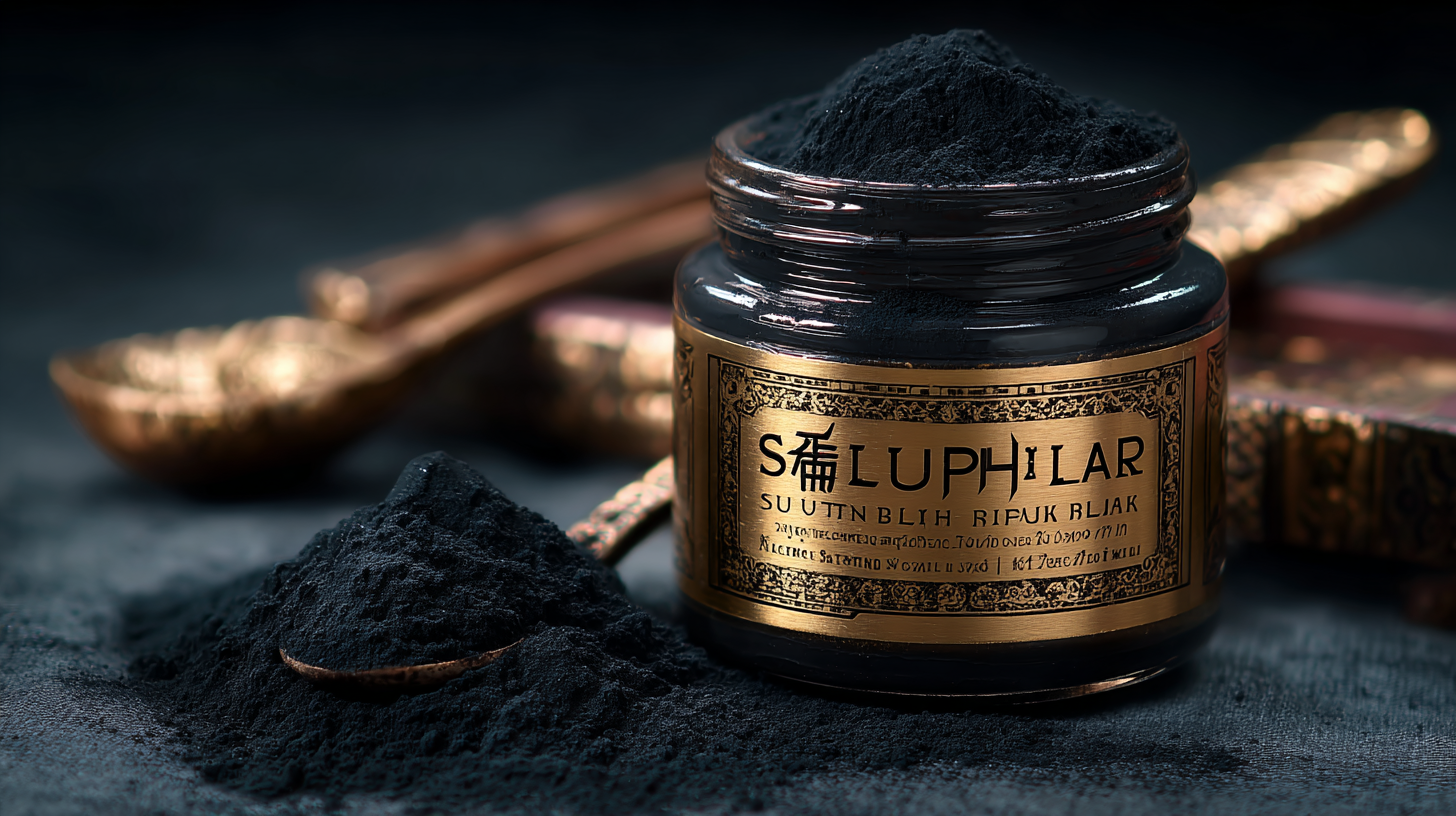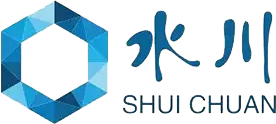In the textile industry, finding the right dye is crucial for achieving vibrant, long-lasting colors in fabric production. Among the various options available, Sulphur Black stands out as a popular choice due to its excellent lightfastness and deep, rich hue. As we navigate through 2023, businesses are increasingly seeking innovative sourcing strategies to acquire the best quality Sulphur Black for their applications. This blog will provide you with seven essential tips for sourcing Sulphur Black effectively, ensuring that your products not only meet industry standards but also cater to evolving consumer demands. From understanding the chemical properties to exploring supplier relationships, these insights will guide you in making informed decisions while enhancing your product offerings in the highly competitive textile market.

When sourcing Sulphur Black, the importance of quality control cannot be overstated, particularly when working with suppliers from China. A robust quality control process ensures that the product meets industry standards and remains consistent in performance. This is crucial, as any variation in quality can lead to issues in end-use applications, negatively impacting production and financial outcomes.
One essential tip is to request samples from potential suppliers to evaluate the quality of their Sulphur Black. Inspecting the samples allows you to assess factors such as shade consistency and solubility, which are critical for your application. Additionally, leveraging third-party testing can provide an objective verification of the supplier's product quality, further reinforcing your sourcing decision.
Another vital aspect is establishing clear communication with suppliers about your quality expectations. Discussing specifications such as purity levels and specific test methods can ensure that both parties are aligned. Regular audits of the manufacturing processes and quality checks can foster a strong relationship built on trust and reliability, leading to an efficient sourcing experience.

In 2023, the market dynamics of Sulphur Black have shown significant shifts, driven by evolving demand in various industries, particularly textiles and leather. According to a recent report by Mordor Intelligence, the global market for Sulphur Black is projected to grow at a CAGR of 4.5% from 2023 to 2030, reaching an estimated valuation of USD 1.2 billion by the end of the forecast period. This growth is largely fueled by the increasing use of sustainable dyes, as manufacturers are compelled to adopt eco-friendly practices in response to stricter environmental regulations.
Moreover, recent supply chain disruptions have prompted buyers to reassess their sourcing strategies. The rise in raw material prices, along with logistical challenges exacerbated by global events, has led to a strategic pivot towards localized suppliers. As highlighted in a report by Research and Markets, the Asia-Pacific region dominates the Sulphur Black market, accounting for over 60% of global consumption. Thus, understanding regional market dynamics, such as pricing trends and supplier reliability, is crucial for businesses looking to secure the best sourcing options in today's competitive landscape.
| Aspect | Details | Market Trends (2023) |
|---|---|---|
| Quality Standards | Focus on compliance with ASTM and ISO standards to ensure product quality. | Increasing preference for high-quality products among manufacturers. |
| Supplier Reliability | Seek suppliers with proven track records and positive reviews. | Growing emphasis on long-term partnerships and reliability. |
| Pricing Trends | Monitor fluctuations; consider bulk purchasing for cost-effectiveness. | Slight increase in prices due to raw material costs. |
| Sustainability | Check for eco-friendly production processes. | Rising demand for sustainable products in textiles. |
| Technical Support | Ensure suppliers provide adequate technical assistance. | More suppliers are focusing on customer support services. |
| Delivery Timelines | Understand logistics and lead times for critical sourcing. | Quicker shipping options becoming standard due to e-commerce rise. |
| Market Regulations | Stay updated on international trade regulations related to chemicals. | Increasing regulatory scrutiny for chemical imports. |
When it comes to sourcing sulphur black in 2023, identifying reputable suppliers is crucial to ensure quality and consistency in your products. Leading Chinese factories have established themselves as key players in the sulphur black production market, offering diverse grades and formulations to meet various industrial needs.
These suppliers not only leverage vast resources and advanced technologies but also adhere to rigorous quality standards, positioning them as front-runners in this competitive landscape.
Among the notable suppliers are companies that specialize in eco-friendly production methods, catering to the growing demand for sustainable materials. These factories utilize innovative processes to minimize environmental impact while maintaining the high-performance characteristics of sulphur black. Engaging with such suppliers not only enhances your product quality but also aligns your brand with environmentally responsible practices, making it a win-win situation for both producers and consumers.
As you explore potential partners in 2023, consider the reputation, certifications, and production capabilities of these leading Chinese factories to secure the best sulphur black for your business needs.
When sourcing Sulphur Black in 2023, it's crucial to evaluate the sustainability practices of manufacturers. As environmental concerns rise, consumers and businesses alike are increasingly aware of the impact their purchasing decisions have on the planet. Therefore, selecting a supplier that prioritizes eco-friendly production processes is not only responsible but also essential for maintaining a positive brand image. Begin by investigating the manufacturing techniques employed by potential suppliers. Look for those who utilize closed-loop systems that minimize waste and reduce harmful emissions, demonstrating a commitment to sustainable practices.
Another key aspect to consider is the sourcing of raw materials. Reputable Sulphur Black manufacturers should ensure that their inputs are derived from sustainable resources. This includes working with suppliers who adhere to responsible mining and agricultural practices. Request transparency regarding their supply chains; manufacturers should be willing to provide information about how their raw materials are obtained and any certifications they may hold. While price is undoubtedly a factor, choosing suppliers who align with your values in sustainability can lead to long-term benefits for both the environment and your business.

When sourcing Sulphur Black, adhering to global standards is paramount to ensure product quality and compliance. The international textile industry demands specific technical specifications for dyes to meet regulatory requirements and consumer expectations. According to a recent report from the International Organisation for Standardisation (ISO), Sulphur Black must adhere to ISO 105-B02, which outlines the criteria for colorfastness to washing and other conditions, ensuring durability and performance in various applications.
In 2023, manufacturers should be acutely aware of the environmental regulations impacting the production and use of Sulphur Black. The REACH (Registration, Evaluation, Authorisation, and Restriction of Chemicals) regulation in the EU mandates that textile businesses demonstrate the safety of their chemical substances. A study by the European Chemicals Agency highlighted that over 70% of textile manufacturers face compliance challenges, emphasizing the importance of selecting suppliers who can provide certified Sulphur Black with relevant documentation. Ensuring that your source meets these stringent requirements not only mitigates potential regulatory risks but also enhances the sustainability of your supply chain.
This chart illustrates key metrics to consider when sourcing Sulphur Black in 2023, including purity level, cost, supplier compliance, and delivery time. Ensuring these aspects meet or exceed global standards is essential for optimal sourcing decisions.
